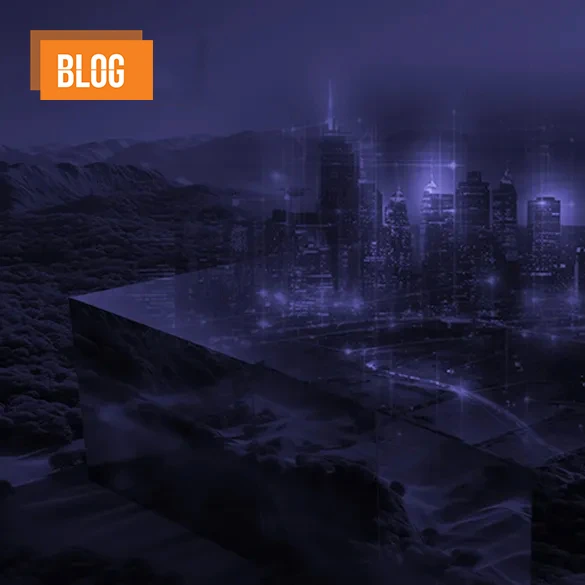Recent Posts

Driving digital transformation for enhanced sustainability and innovation
Sustainability is a strategic priority for CSPs and vendors, striving to reduce energy consumption while increasing data demands.
Meeting this challenge involves adopting sustainable technologies and innovative practices to minimize environmental impact, uphold social responsibility, and ensure long-term economic viability.
Read this blog written by Etiya CEO Aslan Doğan to learn more about the sustainable technologies that drive innovation and efficiency.
The Importance of AI in Improving CX
Artificial intelligence is still relatively new to the market but already proved to be a game-changer. It is yet to be seen how customers will benefit from further applications in the future. With its AI-driven platforms, Etiya already takes customer experiences to the next level and actively seeks new ways of improving CX with AI further.


Three key steps to smarter retention
Economic imperatives are refocusing telecom operators’ attention on customer retention once again. As a result, smarter churn management is becoming one of their top priorities, with AI in the center of more proactive, predictive and preventative strategies.
Check out this e-book of TM Forum and read more on what steps companies should take to succeed in customer retention.
Learn more about Etiya’s Digital BSS solution, and the most important AI-driven use cases that help operators improve their retention activities.
Accelerating digital transformation with microservices
In an interview with The Fast Mode, Ali Durmuş, PhD, Founding Partner and CTO of Etiya, discusses the importance of microservices in accelerating digital transformation for CSPs, and shows us examples on how they can improve business processes and elevate CX to the next level.


Monetizing 5G networks: steps to create new services and business models
Service providers must adapt their business models for 5G profitability by embracing technologies like NaaS and CaaS and forming strategic partnerships with industry leaders. This e-book delves into early adopters of advanced connectivity services, the necessary partners for tailored ICT solutions, various use cases for generating network revenues, and critical technologies like CaaS for network monetization
Generating new revenues from 5G networks
Etiya’s VP of Product Development, Olgay Taş is discussing the best opportunities and cutting-edge technologies for monetizing 5G networks at TM Forum’s DTW 2023 in Copenhagen.

